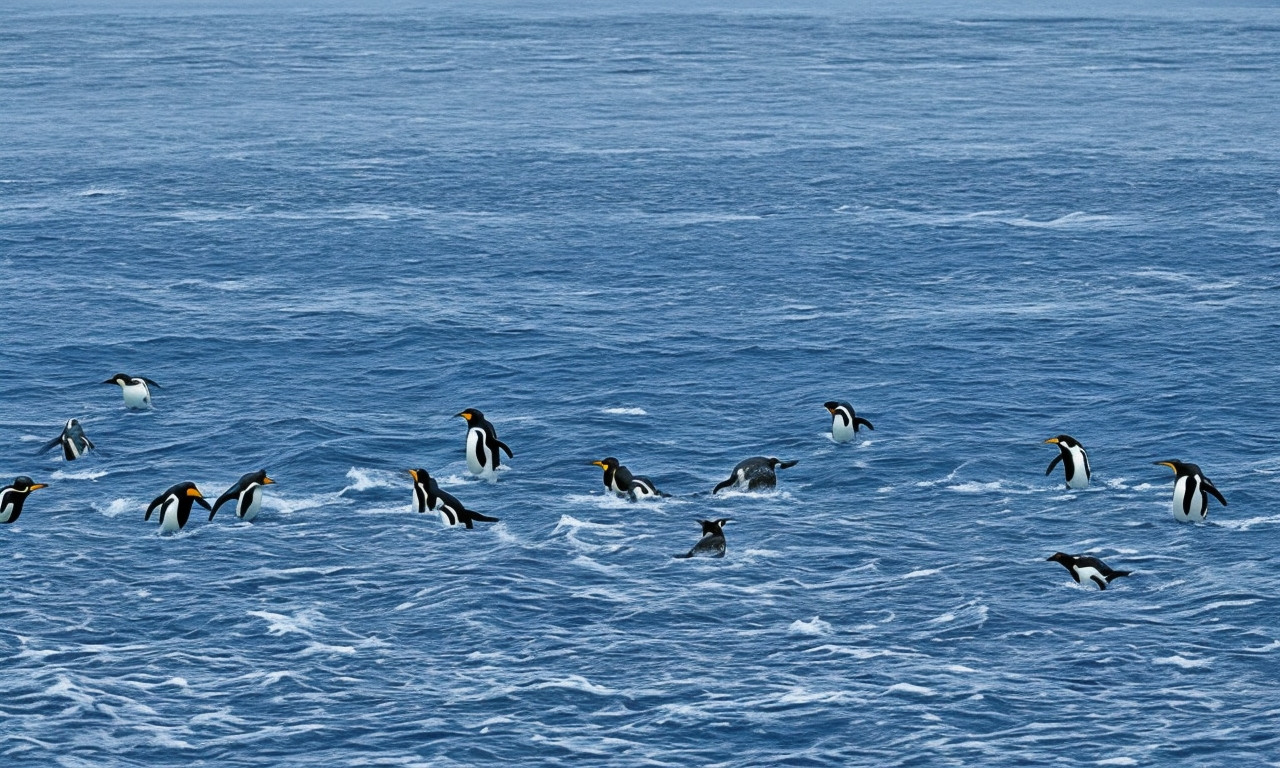Where Do Penguins Live? Their Habitats Explained and Revealed
Ever wondered where the tuxedo-clad penguins waddle jauntily across ice and land? Dive into a fascinating journey as we uncover the secretive, harsh, and surprising locales these charming birds call home. From the icy expanses of Antarctica to the temperate shores of New Zealand, discover the captivating habitats that enable penguins to thrive in some of the most extreme environments on our planet. Don’t miss out on this incredible voyage through the world of penguins and their remarkable ecosystems!
Bound To The Southern Hemisphere

Penguins are fascinating creatures primarily bound to the Southern Hemisphere, where their unique habitats provide the perfect settings for their survival. These flightless birds can predominantly be found across a range of environments in the Antarctic region. Their primary home lies among the icy landscapes of Antarctica, where the extreme cold keeps predators at bay and the abundance of marine life supplies them with adequate food. However, not all penguins confine themselves to these frozen realms.
Some species, such as the Galápagos penguin, thrive in warmer climates on islands located near the equator, demonstrating the adaptability and diverse habitats penguins occupy. Across various parts of South America, New Zealand, and even South Africa, these remarkable birds find coastal zones abundant with resources crucial for their existence. Despite the variety in their homes, all penguins share an affinity for environments that offer plentiful access to the ocean, where they spend considerable time hunting for fish, squid, and krill.
Though bound to the Southern Hemisphere, each species of penguin adapts to its specific habitat nuances, making their distribution across such a broad range both intriguing and vital for their survival. Understanding these habitats allows us to appreciate the diverse ecosystems that sustain these captivating avian residents.
Why do penguins live in Antarctica?

Penguins are fascinating creatures predominantly associated with icy, remote regions. However, understanding "Why do penguins live in Antarctica?" requires delving into their unique adaptations and habitat preferences. The harsh, frigid environment of Antarctica provides an optimal setting for these flightless birds. Penguins thrive here due to the availability of abundant food sources like krill, fish, and squid in the nutrient-rich waters. The cold climate minimizes the threat from predators that would otherwise be more prominent in warmer regions.
Moreover, penguins have evolved specialized insulating features, such as thick layers of blubber and tightly packed feathers, to combat the extreme cold. Their breeding behaviors are also adapted to the Antarctic environment; the stable, expansive ice platforms offer ideal nesting grounds where they can lay eggs and rear their chicks safely away from predators.
Antarctica’s long periods of daylight during the breeding season provide ample time for foraging. While various penguin species are also found in places like South America, New Zealand, and sub-Antarctic islands, none are as synonymous with the icy grandeur as the ones inhabiting Antarctica. Hence, the question, "Why do penguins live in Antarctica?" is answered by understanding their evolutionary, ecological, and survival needs met by this unique, frozen habitat.
Habitat
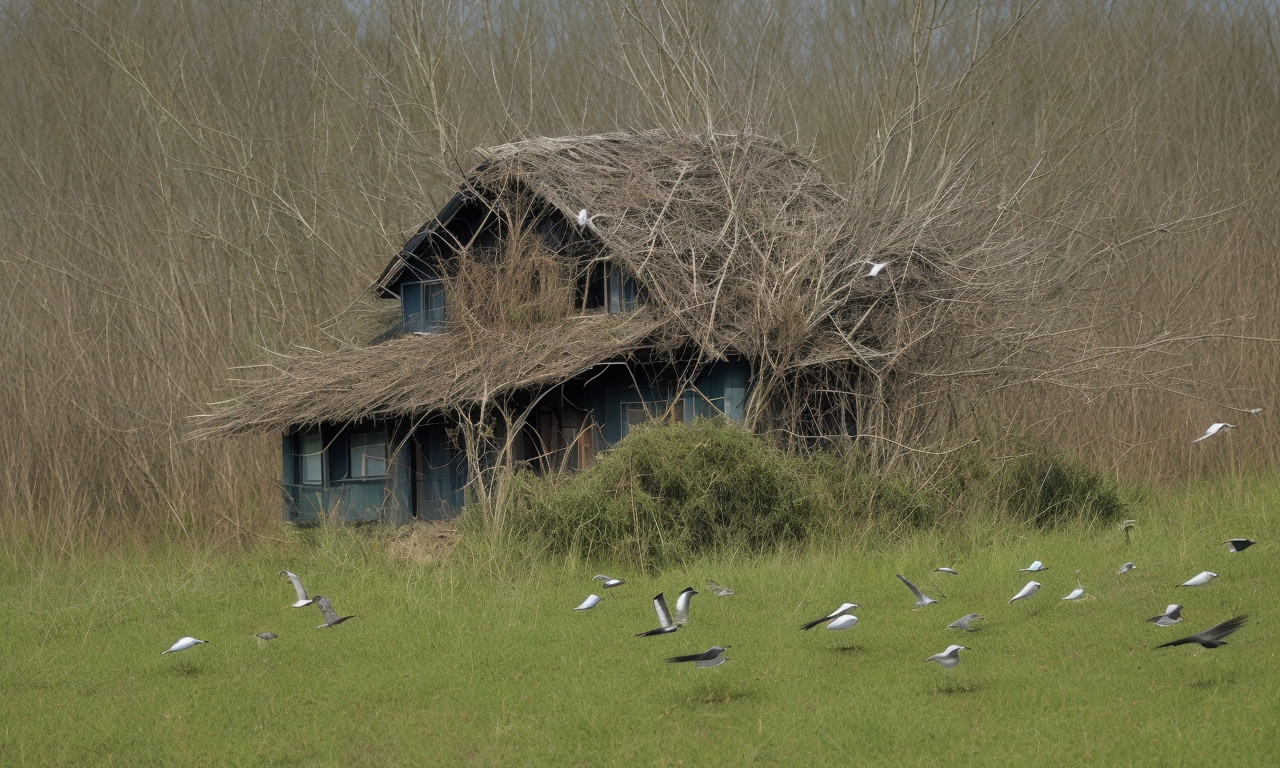
Penguins are fascinating birds that have adapted to thrive in some of the most challenging environments on Earth. Their primary habitat stretches across the Southern Hemisphere, with a significant number residing in the icy regions of Antarctica. This continent offers a frigid, yet abundant habitat where Emperor Penguins, the largest of the species, often endure extreme cold to raise their young.
Beyond Antarctica, penguins inhabit various sub-Antarctic islands and temperate zones. The habitat of species like the King Penguin extends to islands such as South Georgia, where milder climates prevail compared to the Antarctic mainland. These islands provide a more temperate habitat, with ample access to food sources like krill, squid, and fish.
Remarkably, some penguin species have adapted to even warmer habitats. For instance, the African Penguin calls the rocky shores of South Africa and Namibia home, a habitat characterized by its temperate climate and rich marine biodiversity. Similarly, the Galápagos Penguin lives near the equator on the Galápagos Islands, relying on the cool waters provided by the Humboldt and Cromwell currents.
In essence, while many people associate penguins strictly with icy environments, their habitat actually spans a range of climates and geographic locations. This diverse array of habitats ensures that these resilient birds continue to captivate and inspire people around the world.
Fun Facts
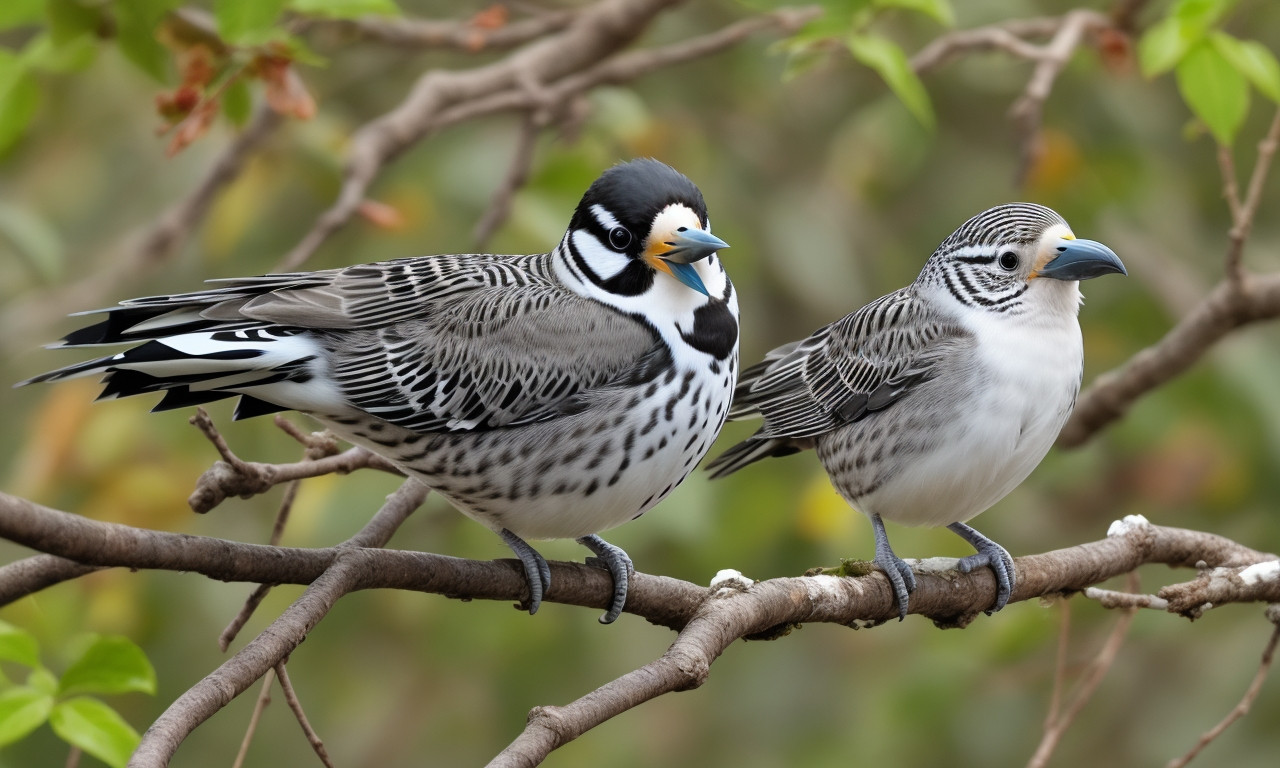
Penguins are fascinating creatures whose habitats span a diverse range of environments, primarily in the Southern Hemisphere. While many people associate penguins solely with icy Antarctic landscapes, these birds can actually be found in a variety of settings, from tropical islands to temperate coastal regions. Each species of penguin has adapted uniquely to its particular environment, making their habitats as varied as the penguins themselves.
One of the surprising fun facts about penguins is that they only reside naturally in the Southern Hemisphere. For instance, the Emperor Penguin, known for its stunning size and endurance, inhabits the frigid shores of Antarctica. On the other hand, the Galápagos Penguin thrives in much warmer conditions along the equator. Moving further south, species like the Magellanic and Humboldt penguins reside along the coasts of South America, where the climate is temperate.
Another intriguing fun fact is that some penguins, like the African Penguin, live on the southwestern coast of Africa. These unique birds have developed behaviors to stay cool under the hot sun, such as panting and using shaded areas. Overall, penguins exhibit a remarkable versatility in their habitats, each one packed with its own set of fun facts illustrating the adaptability and resilience of these amazing birds.
Frequently Asked Questions
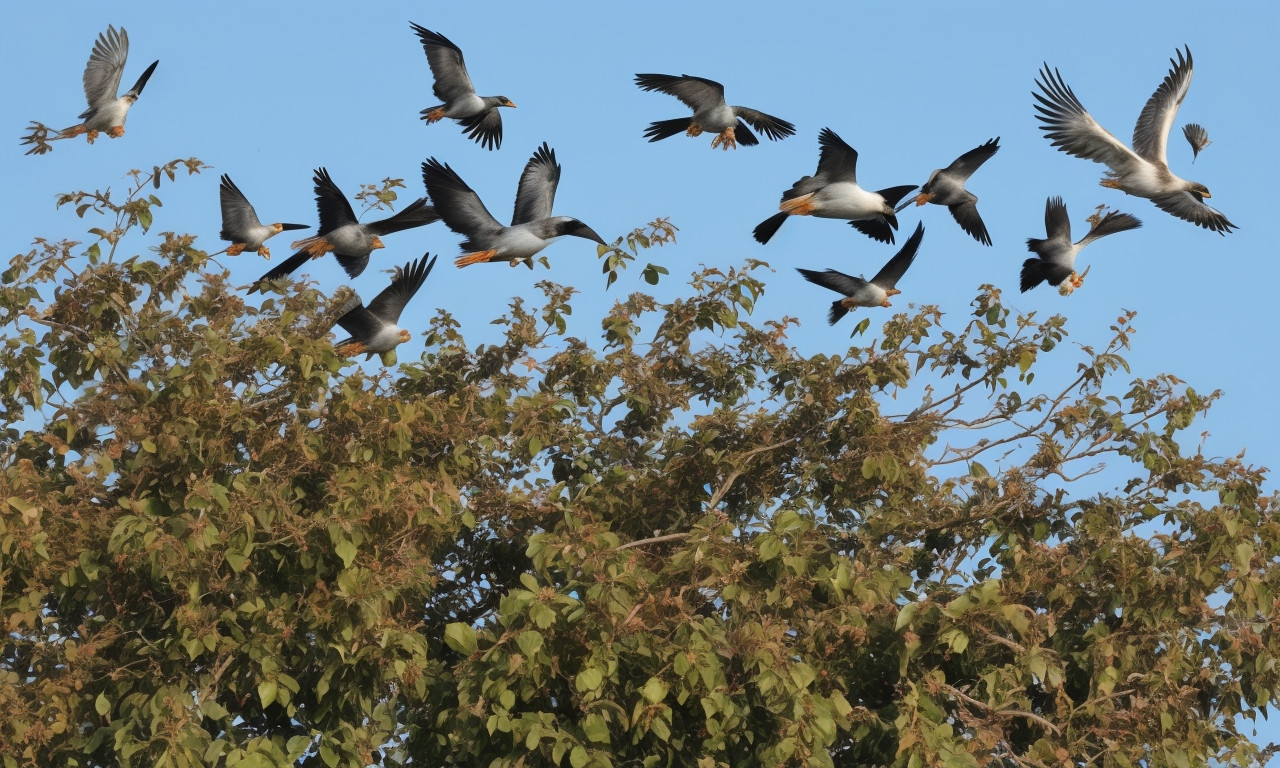
Penguins are fascinating creatures that captivate the curiosity of many. Frequently Asked Questions often arise about their habitats, as these charming birds can be found in various locations across the globe. Though commonly associated with the icy environments of Antarctica, penguins actually inhabit a diverse range of climates and landscapes. In fact, only a handful of penguin species live exclusively in the harsh Antarctic region, such as the Emperor and Adélie penguins.
Other species thrive in temperate zones and even on tropical islands. For example, the Galápagos Penguin resides near the equator on the Galápagos Islands, benefiting from the cool waters brought by the Humboldt Current. Similarly, the African Penguin can be found along the southwestern coast of Africa, from Namibia to South Africa.
More temperate habitats include the forests and grasslands of New Zealand, home to the Yellow-eyed Penguin, and the rocky shores of South America, where Magellanic Penguins build their burrows. Each species of penguin has adapted uniquely to their specific environment, whether it’s enduring frigid temperatures or navigating warmer coastal waters. This adaptability showcases their incredible survival strategies and broad habitat range, making the topic an interesting subject in Frequently Asked Questions about these beloved birds.
Do penguins live anywhere other than Antarctica?
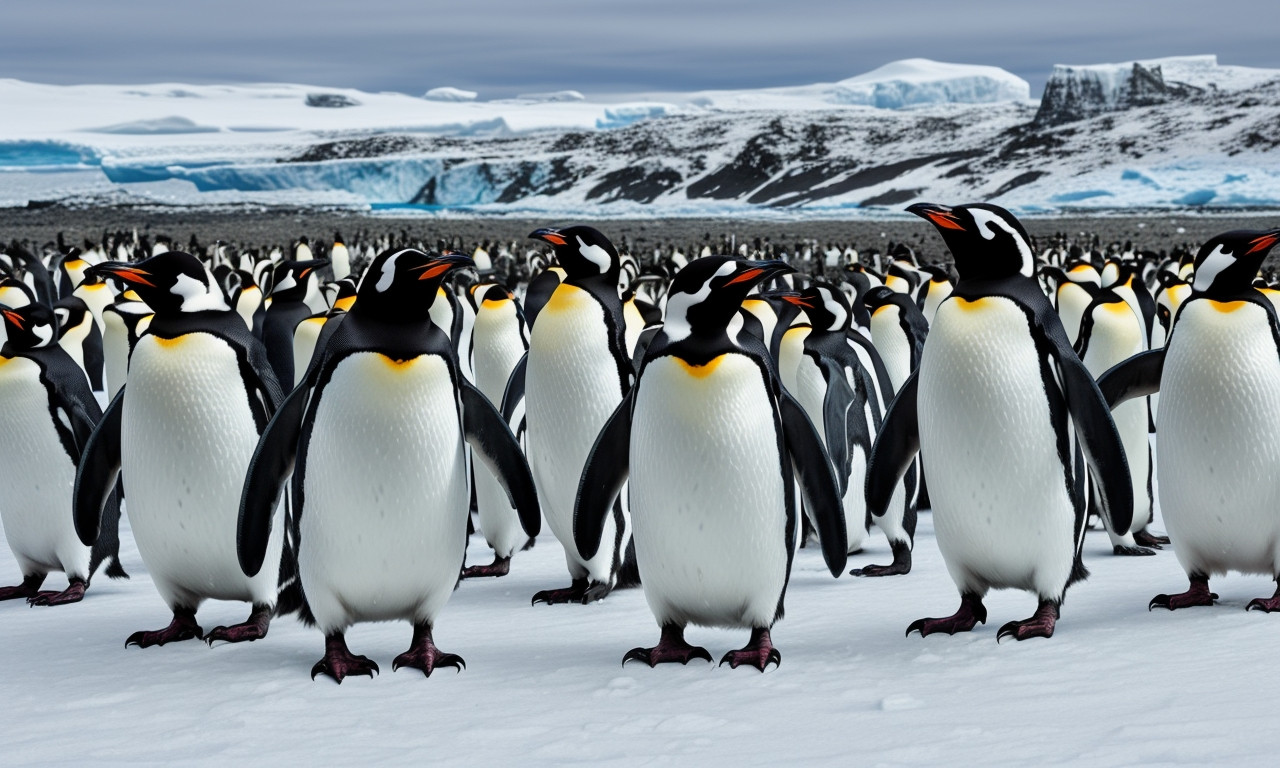
Penguins are fascinating flightless birds known for their distinctive black and white plumage, and while many associate them with the icy expanse of Antarctica, their habitats are more varied than you might think. So, do penguins live anywhere other than Antarctica? Absolutely! Penguins inhabit a range of environments across the Southern Hemisphere.
Aside from Antarctica, some species are found on the coastlines of South America, such as the Magellanic penguins in Argentina and Chile. The Galápagos penguins, living near the equator, manage to thrive due to the nutrient-rich waters brought by the Humboldt and Cromwell currents. New Zealand and Australia are home to the Little Blue penguins, known for their diminutive size and adaptable nature.
The sub-Antarctic islands, including South Georgia and the Falklands, host large colonies of King and Gentoo penguins. These birds leverage the islands’ milder climates and plentiful surrounding marine life. African penguins make their homes along the southwestern coastlines of Africa, enduring relatively warmer weather compared to their Antarctic counterparts.
Penguins’ ability to adapt to a variety of climates beyond the icy Antarctic wilderness highlights their incredible resilience and the diverse range of habitats they occupy. Thus, it’s clear that penguins live in various regions of the world, each offering unique environments for these remarkable birds to survive and thrive.
Do penguins live in Alaska?
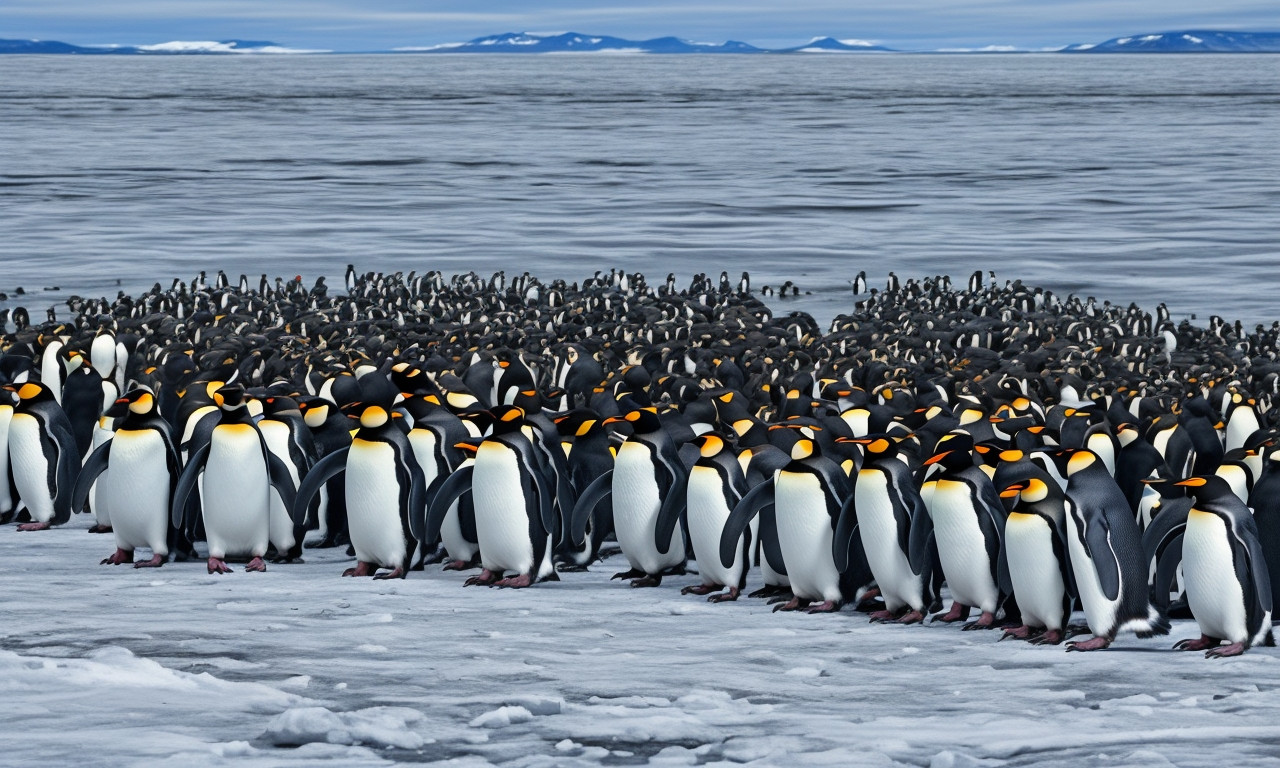
Penguins are fascinating flightless birds that primarily inhabit the Southern Hemisphere. Their habitats range from the icy terrains of Antarctica to the temperate shores of South America, Australia, and Africa. Penguins are particularly adapted to survive in cold environments, though some species find comfort in more temperate lands. This brings us to a common query: do penguins live in Alaska?
Contrary to popular belief, penguins do not inhabit Alaska. Instead, their reach extends to areas predominantly south of the equator. In Antarctica, Emperor Penguins endure harsh winter conditions, while on the Falkland Islands and along the coasts of Chile and Argentina, Magellanic Penguins make their homes. In regions such as New Zealand and South Africa, you can find species like the Yellow-eyed Penguin and the African Penguin, respectively.
The misconception that penguins live in Alaska likely stems from the cold climates both regions share. However, Alaska is situated in the Northern Hemisphere and hosts other distinct wildlife, such as puffins, which are often mistaken for penguins. In essence, while penguins thrive in a variety of southern locales, they do not call Alaska their home. Their ability to adapt to both extreme cold and temperate climates ensures they flourish across specific regions of the Southern Hemisphere.
Can I see penguins in Europe?
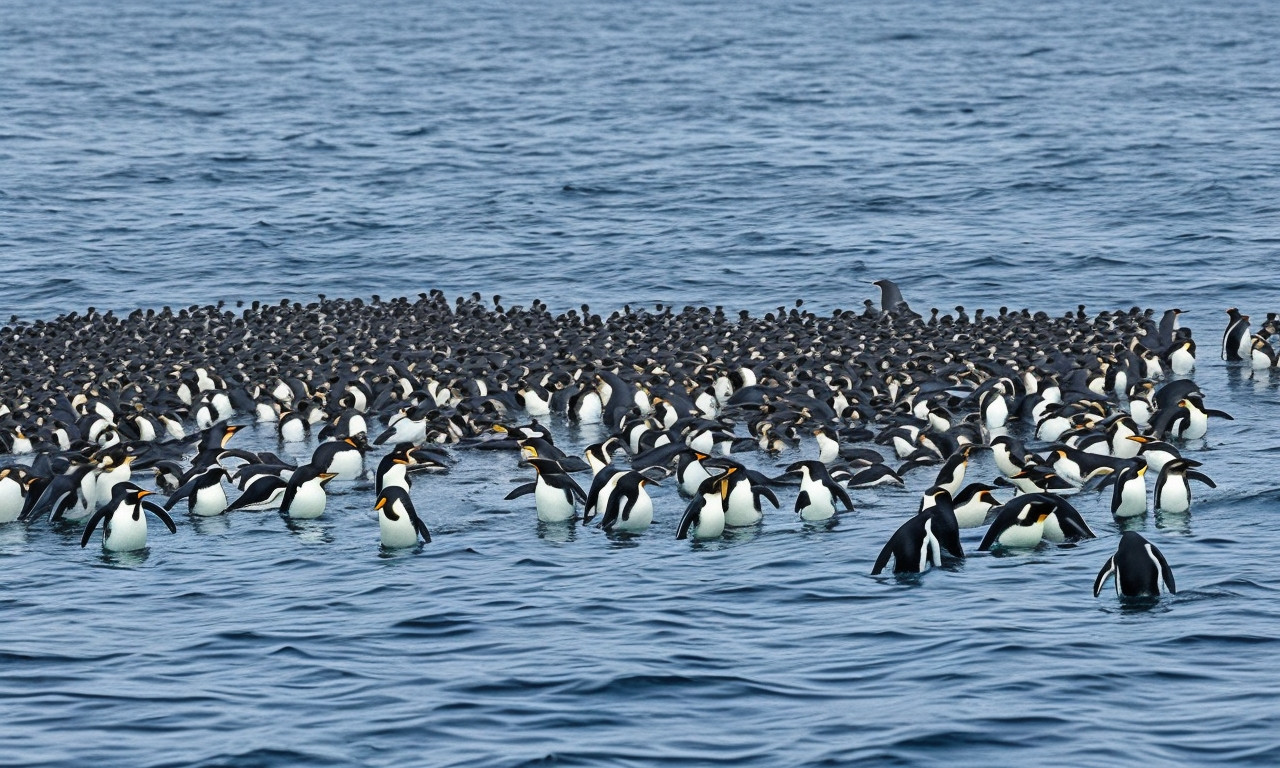
Penguins are fascinating creatures primarily associated with the icy realms of Antarctica, but "Can I see penguins in Europe?" you may wonder. While the majority of penguin species thrive in the Southern Hemisphere, particularly around the Antarctic Peninsula and sub-Antarctic islands, there are unique opportunities to witness these charming birds in Europe, though not in their natural habitat. Many zoos and aquariums across Europe provide elaborate exhibits replicating the cold environments penguins need, offering visitors a chance to see various species up close.
Munich’s Hellabrunn Zoo, Loro Parque in Spain, and Edinburgh Zoo in Scotland are among the notable places in Europe where penguins are housed. These facilities provide educational insights into penguin behavior, breeding, and the environmental challenges they face. Captive settings, while artificial, play a crucial role in conservation efforts, aiding in the protection of endangered species.
Travelers in Europe might not see wild penguins waddling along the coasts, but they can certainly delight in the opportunity to learn more about these endearing birds. So, if you find yourself yearning to observe penguins without traveling to their Southern Hemisphere homes, Europe’s aquariums and zoos offer an enriching experience. Can I see penguins in Europe? Indeed, you can, albeit in settings designed to mimic their natural habitats.
Which country has penguins?
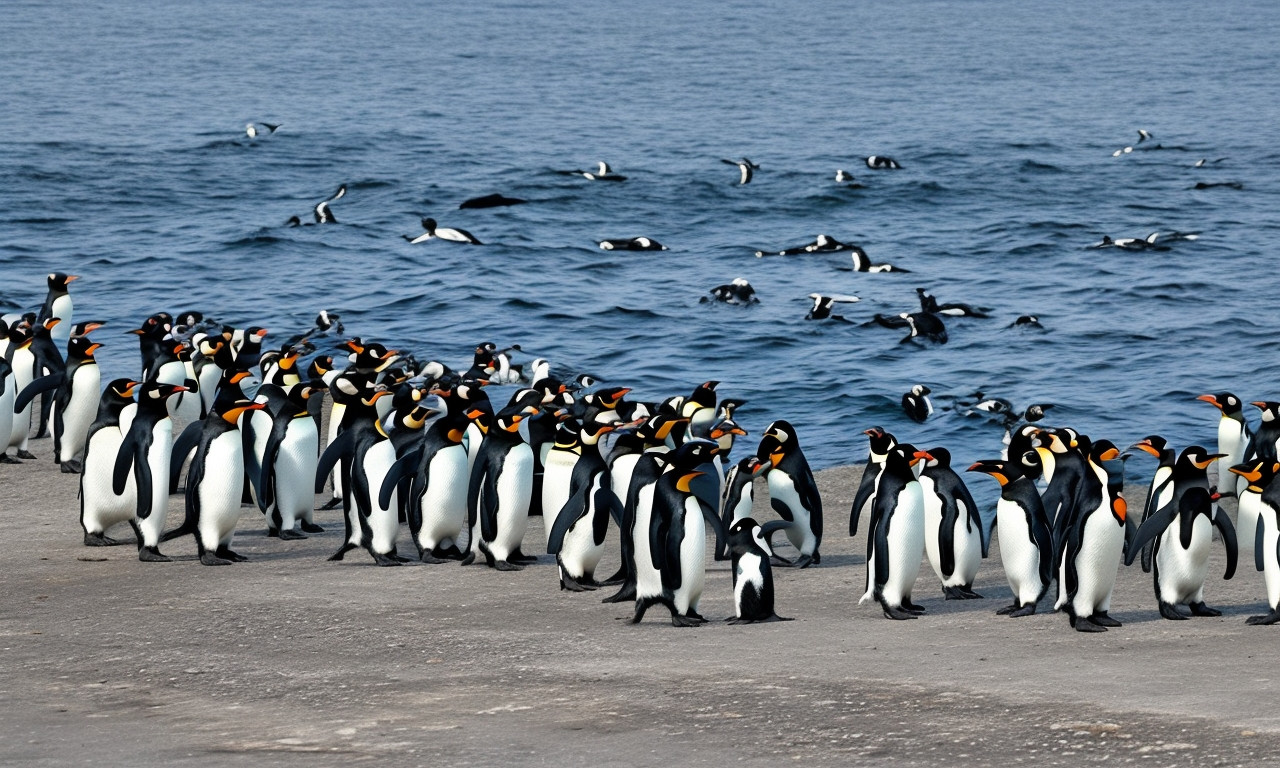
Penguins are fascinating creatures predominantly native to the Southern Hemisphere, often associated with icy habitats. But which country has penguins? Primarily, penguins thrive in countries such as Argentina, Chile, Australia, and New Zealand. However, they are most famously linked with Antarctica, where the Emperor and Adélie penguins inhabit the frozen continent’s expansive ice sheets and frigid waters.
Interestingly, not all penguins dwell in snowy, icy landscapes. Some species, like the African Penguin, can be found in more temperate climates. This species inhabits the southwestern coast of Africa, particularly in South Africa and Namibia. Similarly, the Galápagos Penguin lives in the Galápagos Islands, close to the Equator, showing the remarkable adaptability of these birds.
In Australia and New Zealand, the Little Blue Penguin and Fiordland Penguin make their homes in coastal and forested areas, sometimes venturing into urban environments. South America’s Magellanic Penguin is often seen along the coasts of Argentina and Chile, nesting in burrows and under shrubs.
Understanding which country has penguins and the diverse environments they inhabit extends our appreciation of these incredible birds, illustrating the broad range of climates where they can thrive, from equatorial islands to the icy Antarctic.

